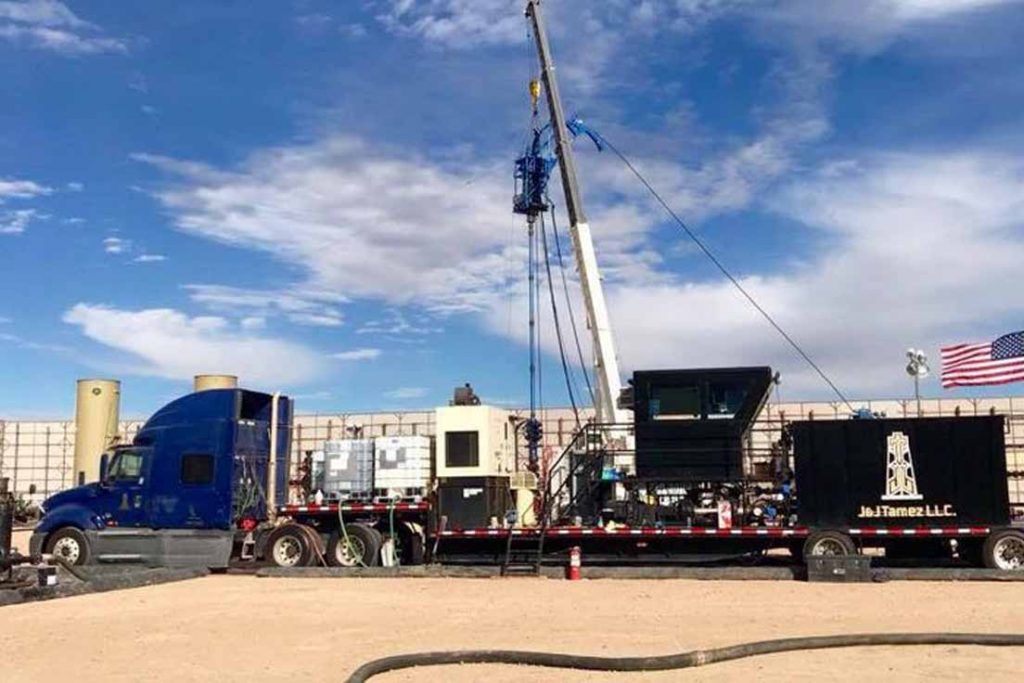Why is chemical management so essential?

Chemical management means taking full control of all activities and operations where chemicals are involved in the Process. It is essential to make sure the health and safety of workers are achieved.
Experts in our Chemical plants in texas define chemical management as a process that tracks chemical products from receiving to the final disposal.
Why is chemical management necessary?
- It qualifies you for a necessary license to operate the chemicals.
- Give access to the global market.
- Maintain a competitive advantage.
- Minimize excessive or replicative chemical product purchases.
- Cost reduction by reducing chemical waste.
- It reduces downtime by making a safe environment by stopping potential dangers before they become an issue.
- Traceability of chemicals in the supply chain.
- Proper chemical management can result in loading reduction in ETP.
Necessary steps for chemical management
It identifies non-product outputs:
Non-product outputs are the material, water, and energy used in the production process. Still, they do not end with the final product.
Most of the non-product outputs are unqualified raw materials, reprocessing costs, rejects, waste (toxic, non-toxic, solid, liquid). And emissions, losses in storage, wastewater, handling, transportation, losses on environmental and health problems. NPO consumes about 10-30% of the total production cost.
Identifying chemicals:
To determine the most used substances and safe way is SDS (Safety Data Sheet). The SDS includes chemical name, c use of the product, chemical producer, emergency response, chemical registration, standard operating procedure, management, safety education, etc.
CAS number includes SDS, a unique numerical identifier assigned by the Chemical Abstracts Service (CAS). Like Reactive Black 5 dye has a CAS number of 17095-24-8. From the SDS, anyone can identify the hazards in the chemical possess. If an accident occurs, anyone can take safety measures by inspecting the SDS.
Proper chemical inventory and procurement practices:
- A chemical inventory is a structured base of information to conduct a risk assessment of each chemical and rank chemicals accordingly. It should include a comprehensive chemical list to assess chemical hazards, and appropriate personal protective equipment (PPE) for workers.
- It is a must to eliminate the same chemicals ordered to decrease the disposal cost. Employees must train to assess the chemical hazards and recognize the requests for non-essential chemicals.
- Before completing the objective, one must ensure that chemicals follow SDS (Safety Data Sheet) and TDS (Technical Data Sheet). It is essential to ensure the chemical buy from an approved supplier.
- All the containers must have the correct labeling of GHS for chemical containers. Dangerous waste must manage/dispose of according to legal requirements.
Quality control process:
- Make sure that SDS is following GHS.
- It Cross-checks the chemicals for the RSL and MRSL risk from the documentation provided like MSDS, TDS, test reports, etc.
- Chemical testing of the chemical against the agreed and exact specifications
- If the testing does not pass, it returns to the chemical supplier with original PO no., Batch no. and the date and reason for rejection.
- It ensures that the rejected chemicals don’t come into contact with other chemicals, so they are kept separate before returning to the supplier.
- Check the labeling and packaging meets all regulations.
- Also, verify the batch number against the physical drum batch number.
- It ensures the chemical is in isolation until approved.
Manage chemical waste:
- Systematically quantify and identify all chemical wastes (NPOs) in the industry and make their cost visible.
- Identify, separate, and classify hazardous wastes.
- Create a waste inventory table for further off-site treatment and disposal.
- Correctly separate waste at the generation point.
- Have an inner report on all waste.
- Also arranges for safe on-site collection, labeling, and storage of all waste.
- Set-up a waste action plan
- Ensure the Separation of combined waste during collection, storage, and disposal routes because combined waste is considered hazardous.
- Empty chemical containers have to be handled carefully. It can be done in different ways, like cleaning chemical containers before storage and disposal.
- Containers should not be reused for storage of food items.
Wastewater and sludge management:
- Formula review can achieve chemical reduction.
- Recovery of caustic after the mercerizing Process
- Replace hazardous chemicals with less dangerous chemicals. Example: Bi-reactive dyes in place of mono-reactive paints.
- The sample should do for disposed wastewater.
- Flow load calculations have to do to run ETP Properly.
- Never use a chemical load that cannot be handled by the ETP.
So if you are looking for an oil testing laboratory, J&J Tamez is the best option for you to get the finest services. We also provide you well stimulation services, chemical blending services, and some other related to the chemical industry. Call us at 361-886-5400 for more details about our services.
